当前位置:网站首页>深潜Kotlin协程(二十三 完结篇):SharedFlow 和 StateFlow
深潜Kotlin协程(二十三 完结篇):SharedFlow 和 StateFlow
2022-07-07 22:17:00 【RikkaTheWorld】
系列电子书:传送门
Flow 是典型的冷数据流,所以它的值是按需计算的。然而在某些情况下,我们希望多个接收者订阅一个会更改的数据源。这就是我们使用 SharedFlow 的地方,它在概念上类似于邮件列表。我们还有 StateFlow,它近似与一个可观察对象。让我们一个个了解它们。
SharedFlow
让我们从 MutableSharedFlow 开始,它就像一个广播通道:每个人都可以发送(发射)信息,信息会被被每个正在监听(收集)的协程接收。
suspend fun main(): Unit = coroutineScope {
val mutableSharedFlow =
MutableSharedFlow<String>(replay = 0)
// 或者 MutableSharedFlow<String>()
launch {
mutableSharedFlow.collect {
println("#1 received $it")
}
}
launch {
mutableSharedFlow.collect {
println("#2 received $it")
}
}
delay(1000)
mutableSharedFlow.emit("Message1")
mutableSharedFlow.emit("Message2")
}
// (1 sec)
// #1 received Message1
// #2 received Message1
// #1 received Message2
// #2 received Message2
// (program never ends)
上面的程序永远不会结束,因为 coroutineScope 会等待它里面用 launch 启动的协程结束,而这些协程一直监听 MutableSharedFlow,显然, MutableSharedFlow 是不可关闭的,所以解决这个问题的唯一方法是取消整个作用域。
MutableSharedFlow 也可以持续发送信息。如果我们设置 replay 参数(默认设置为0),它会缓存最新的 n 个值,如果协程现在开始订阅,它将首先接收这些值。这个缓存也可以用 resetReplayCache 函数重置。
suspend fun main(): Unit = coroutineScope {
val mutableSharedFlow = MutableSharedFlow<String>(
replay = 2,
)
mutableSharedFlow.emit("Message1")
mutableSharedFlow.emit("Message2")
mutableSharedFlow.emit("Message3")
println(mutableSharedFlow.replayCache)
// [Message2, Message3]
launch {
mutableSharedFlow.collect {
println("#1 received $it")
}
// #1 received Message2
// #1 received Message3
}
delay(100)
mutableSharedFlow.resetReplayCache()
println(mutableSharedFlow.replayCache) // []
}
MutableSharedFlow 在概念上类似于 RxJava 的 Subject。当 replay 参数设置为0时,它类似于 PuiblishSubject。当 replay 是1时,它类似于 BehaviorSubject。当 replay 是 Int.MAX_VALUE 时,它类似于 ReplaySubject。
在 Kotlin 中,我们希望在用于监听的接口和用于修改的接口之间有一些区别。例如,我们已经看到了 SendCahnnel 、 ReceiveChannel 和 Channel 的区别。同样的情况也适用于这里。 MutableSharedFlow 继承自 SharedFlow 和 FlowCollector,前者继承自 Flow ,用于订阅,而 FlowCollector 则用于发射值。
interface MutableSharedFlow<T> :
SharedFlow<T>, FlowCollector<T> {
fun tryEmit(value: T): Boolean
val subscriptionCount: StateFlow<Int>
fun resetReplayCache()
}
interface SharedFlow<out T> : Flow<T> {
val replayCache: List<T>
}
interface FlowCollector<in T> {
suspend fun emit(value: T)
}
这些接口通常只用于暴露函数、发射或收集函数。
suspend fun main(): Unit = coroutineScope {
val mutableSharedFlow = MutableSharedFlow<String>()
val sharedFlow: SharedFlow<String> = mutableSharedFlow
val collector: FlowCollector<String> = mutableSharedFlow
launch {
mutableSharedFlow.collect {
println("#1 received $it")
}
}
launch {
sharedFlow.collect {
println("#2 received $it")
}
}
delay(1000)
mutableSharedFlow.emit("Message1")
collector.emit("Message2")
}
// (1 sec)
// #1 received Message1
// #2 received Message1
// #1 received Message2
// #2 received Message2
以下是 Android 上的典型用法:
class UserProfileViewModel {
private val _userChanges =
MutableSharedFlow<UserChange>()
val userChanges: SharedFlow<UserChange> = _userChanges
fun onCreate() {
viewModelScope.launch {
userChanges.collect(::applyUserChange)
}
}
fun onNameChanged(newName: String) {
// ...
_userChanges.emit(NameChange(newName))
}
fun onPublicKeyChanged(newPublicKey: String) {
// ...
_userChanges.emit(PublicKeyChange(newPublicKey))
}
}
shareIn
Flow 通常用于观察更改行为,如用户操作、数据库修改或新消息出现。我们已经知道了如何处理这些事件的方法,譬如已经学习了如何将多个 flow 合并为一个 flow。但是如果多个订阅者对这些更改感兴趣,或者我们想把一个 flow 变成多个 flow,该怎么解决呢?答案是使用 SharedFlow,将一个 flow 转换成 SharedFlow,最简单的方法是使用 sharIn 函数。
suspend fun main(): Unit = coroutineScope {
val flow = flowOf("A", "B", "C")
.onEach {
delay(1000) }
val sharedFlow: SharedFlow<String> = flow.shareIn(
scope = this,
started = SharingStarted.Eagerly,
// replay = 0 (default)
)
delay(500)
launch {
sharedFlow.collect {
println("#1 $it") }
}
delay(1000)
launch {
sharedFlow.collect {
println("#2 $it") }
}
delay(1000)
launch {
sharedFlow.collect {
println("#3 $it") }
}
}
// (1 sec)
// #1 A
// (1 sec)
// #1 B
// #2 B
// (1 sec)
// #1 C
// #2 C
// #3 C
shareIn 函数创建了一个 SharedFlow,并从它的 flow 上发射元素。因为我们需要启动一个协程来收集这些 flow 上的元素, 所以 shareIn 的第一个参数是协程作用域。 第三个参数是 replay, 默认值为0。第二个参数很有趣: started 决定流上的数据合适被发送。支持下面选项:
SharingStated.Eagerly—— 立即发送数据。注意,如果你有一个有限的relay值,你会失去一些你订阅之前发出的值(如果你的replay设置为0,你将失去所有那些值)。
suspend fun main(): Unit = coroutineScope {
val flow = flowOf("A", "B", "C")
val sharedFlow: SharedFlow<String> = flow.shareIn(
scope = this,
started = SharingStarted.Eagerly,
)
delay(100)
launch {
sharedFlow.collect {
println("#1 $it") }
}
print("Done")
}
// (0.1 sec)
// Done
SharingStarted.Lazily—— 当第一个订阅者观察时才开始发送数据。这保证了第一个订阅者能获得所有发射的值,而后续订阅者只保证获得最新的replay数量的值。即使所有订阅者都消失了,上游仍然是激活的,只有最新的replay数量的数据在没有订阅者的情况下才会被缓存
suspend fun main(): Unit = coroutineScope {
val flow1 = flowOf("A", "B", "C")
val flow2 = flowOf("D")
.onEach {
delay(1000) }
val sharedFlow = merge(flow1, flow2).shareIn(
scope = this,
started = SharingStarted.Lazily,
)
delay(100)
launch {
sharedFlow.collect {
println("#1 $it") }
}
delay(1000)
launch {
sharedFlow.collect {
println("#2 $it") }
}
}
// (0.1 sec)
// #1 A
// #1 B
// #1 C
// (1 sec)
// #2 D
// #1 D
WhileSubscribed()- 当第一个订阅者出现时,flow 发射数据;当最后一个订阅者消失时,该 flow 将停止。如果我们的SharedFlow停止时出现了一个新的订阅者,它将会再次启动。而添加新的订阅者有额外的可选配置参数:stopTimeoutMulls(在最后一个订阅者消失后保留多长时间,默认为 0) 和replayExpirationMills(停止后保存replay的缓存数量多久,默认为Long.MAX_VALUE)
suspend fun main(): Unit = coroutineScope {
val flow = flowOf("A", "B", "C", "D")
.onStart {
println("Started") }
.onCompletion {
println("Finished") }
.onEach {
delay(1000) }
val sharedFlow = flow.shareIn(
scope = this,
started = SharingStarted.WhileSubscribed(),
)
delay(3000)
launch {
println("#1 ${
sharedFlow.first()}")
}
launch {
println("#2 ${
sharedFlow.take(2).toList()}")
}
delay(3000)
launch {
println("#3 ${
sharedFlow.first()}")
}
}
// (3 sec)
// Started
// (1 sec)
// #1 A
// (1 sec)
// #2 [A, B]
// Finished
// (1 sec)
// Started
// (1 sec)
// #3 A
// Finished
- 也可以通过实现
ShareingStated接口来自定义一个策略
当多个服务对相同的更改感兴趣时,使用 sharedIn 非常方便。假设你需要观察数据库中位置信息是如何随时间变化的,下面就是 DTO(数据传输对象)在 Android 的 Room 上实现的:
@Dao
interface LocationDao {
@Insert(onConflict = OnConflictStrategy.IGNORE)
suspend fun insertLocation(location: Location)
@Query("DELETE FROM location_table")
suspend fun deleteLocations()
@Query("SELECT * FROM location_table ORDER BY time")
fun observeLocations(): Flow<List<Location>>
}
问题是,如果多个服务需要依赖于这些位置信息,那么让每个服务单独观察数据库并不是最优的。相反,我们可以创建一个服务来监听这些更改,并将它们共享到 SharedFlow 中。这就是我们使用 shareIn 的地方。但是我们应该如何配置它们呢?你需要自己做决定。你希望你的订阅者在订阅时立即收到最新的位置列表吗? 如果是,则设置 replay 为1。如果你只想对更改做出反应,则设置为 0 即可。started 应该设置成什么呢? WhileSubscribed 看起来适合这个场景。
class LocationService(
private val locationDao: LocationDao,
private val scope: CoroutineScope
) {
private val locations = locationDao.observeLocations()
.shareIn(
scope = scope,
started = SharingStarted.WhileSubscribed(),
)
fun observeLocations(): Flow<List<Location>> = locations
}
小心!我们不要为每个调用都创建一个新的 SharedFlow。你只需要创建一个,并将其作为一个属性存储即可。
StateFlow
StateFlow 是 SharedFlow 的一个衍生概念。它的工作原理和设置了 replay 为1的 SharedFlow 类似。它总是存储一个值,可以使用 value 属性来访问该值。
interface StateFlow<out T> : SharedFlow<T> {
val value: T
}
interface MutableStateFlow<T> :
StateFlow<T>, MutableSharedFlow<T> {
override var value: T
fun compareAndSet(expect: T, update: T): Boolean
}
初始值需要传递给构造函数。我们都使用 value 属性来访问和设置该值。正如你所看到的, MutableStateFlow 就像一个数据的可观察容器。
suspend fun main() = coroutineScope {
val state = MutableStateFlow("A")
println(state.value) // A
launch {
state.collect {
println("Value changed to $it") }
// Value changed to A
}
delay(1000)
state.value = "B" // Value changed to B
delay(1000)
launch {
state.collect {
println("and now it is $it") }
// and now it is B
}
delay(1000)
state.value = "C" // Value changed to C and now it is C
}
在 Android 上, StateFlow 被用作 LiveData 的现成替代品。首先,它完全支持协程,其次,它有一个初始值,所以它不需要为空。因此, StateFlow 经常用于表示 ViewModel 的状态。这个状态被观察着,并在此基础上显示和更新一个视图。
class LatestNewsViewModel(
private val newsRepository: NewsRepository
) : ViewModel() {
private val _uiState =
MutableStateFlow<NewsState>(LoadingNews)
val uiState: StateFlow<NewsState> = _uiState
fun onCreate() {
scope.launch {
_uiState.value =
NewsLoaded(newsRepository.getNews())
}
}
}
stateIn
stateIn 是一个将 Flow<T> 转换为 StateFlow<T> 的函数。只能在作用域上去调用它,但它是一个挂起函数。请记住, StateFlow 始终都需要一个值,因此,如果你没有指定它,那么你需要等待直到第一个值被计算出来。
suspend fun main() = coroutineScope {
val flow = flowOf("A", "B", "C")
.onEach {
delay(1000) }
.onEach {
println("Produced $it") }
val stateFlow: StateFlow<String> = flow.stateIn(this)
println("Listening")
println(stateFlow.value)
stateFlow.collect {
println("Received $it") }
}
// (1 sec)
// Produced A
// Listening
// A
// Received A
// (1 sec)
// Produced B
// Received B
// (1 sec)
// Produced C
// Received C
stateIn 的第二种变体不是挂起的,但它需要初始值和启动模式。此模式具有与 shareIn 相同的选项(如上所述)。
suspend fun main() = coroutineScope {
val flow = flowOf("A", "B")
.onEach {
delay(1000) }
.onEach {
println("Produced $it") }
val stateFlow: StateFlow<String> = flow.stateIn(
scope = this,
started = SharingStarted.Lazily,
initialValue = "Empty"
)
println(stateFlow.value)
delay(2000)
stateFlow.collect {
println("Received $it") }
}
// Empty
// (2 sec)
// Received Empty
// (1 sec)
// Produced A
// Received A
// (1 sec)
// Produced B
// Received B
当我们需要订阅来自单个更改源的数据流时,我们通常会使用 stateIn。在这个过程中,可以处理这些更改。
class LocationsViewModel(
private val locationService: LocationService
) : ViewModel() {
private val location = locationService.observeLocations()
.map {
it.toLocationsDisplay() }
.stateIn(
scope = viewModelScope,
started = SharingStarted.Lazily,
initialValue = emptyList(),
)
// ...
}
总结
在本章中,我们学习了 SharedFlow 和 StateFlow,这两个东西对于 Android 开发者来说都是特别重要的,因为它们通常被用作 MVVM 模式的一部分。记住它们并考虑使用它们,特别是如果你在 Android 开发中使用 view model 的时候。
边栏推荐
- Cmake learning notes (1) compile single source programs with cmake
- 单机高并发模型设计
- 【测试面试题】页面很卡的原因分析及解决方案
- 一鍵免費翻譯300多頁的pdf文檔
- 如果在构造函数中抛出异常,最好的做法是防止内存泄漏?
- How does the markdown editor of CSDN input mathematical formulas--- Latex syntax summary
- 全自动化处理每月缺卡数据,输出缺卡人员信息
- Daily question brushing record (16)
- [the most detailed in history] statistical description of overdue days in credit
- The result of innovation in professional courses such as robotics (Automation)
猜你喜欢
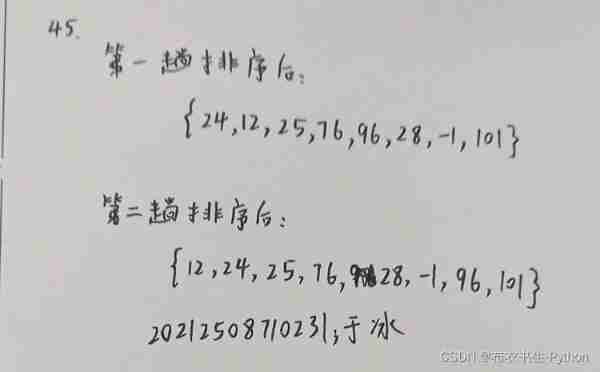
C language 005: common examples
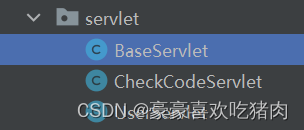
Development of a horse tourism website (optimization of servlet)
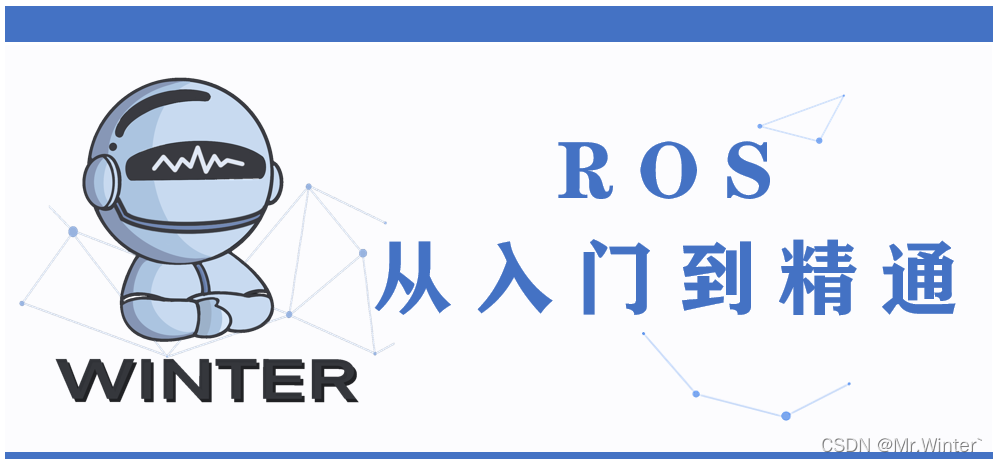
ROS from entry to mastery (IX) initial experience of visual simulation: turtlebot3

Is 35 really a career crisis? No, my skills are accumulating, and the more I eat, the better

FFA and ICGA angiography
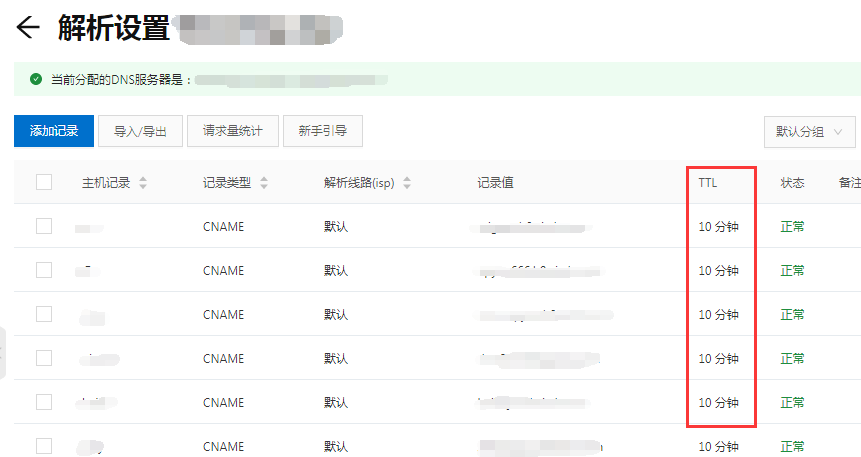
DNS 系列(一):为什么更新了 DNS 记录不生效?

35岁真就成了职业危机?不,我的技术在积累,我还越吃越香了
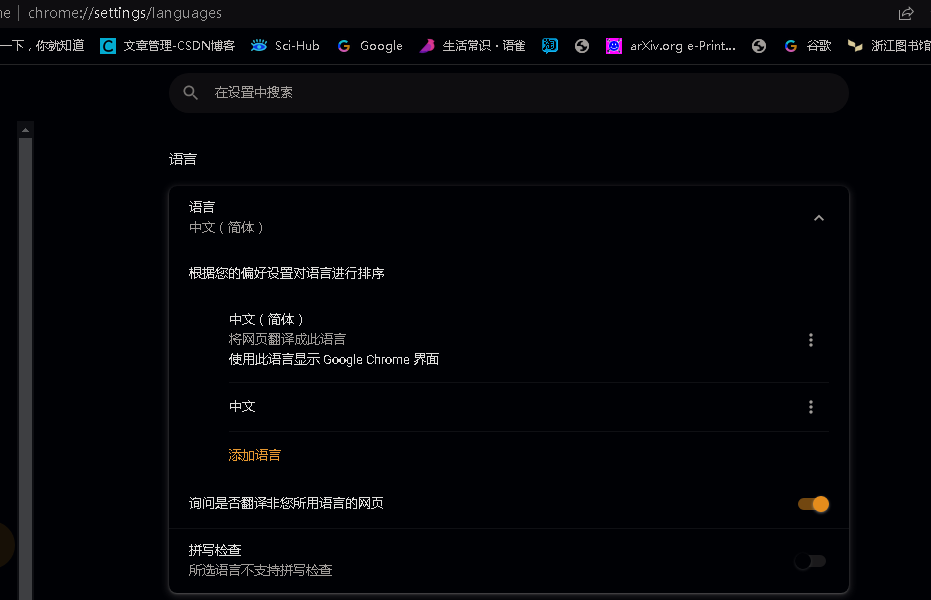
One click free translation of more than 300 pages of PDF documents

【测试面试题】页面很卡的原因分析及解决方案
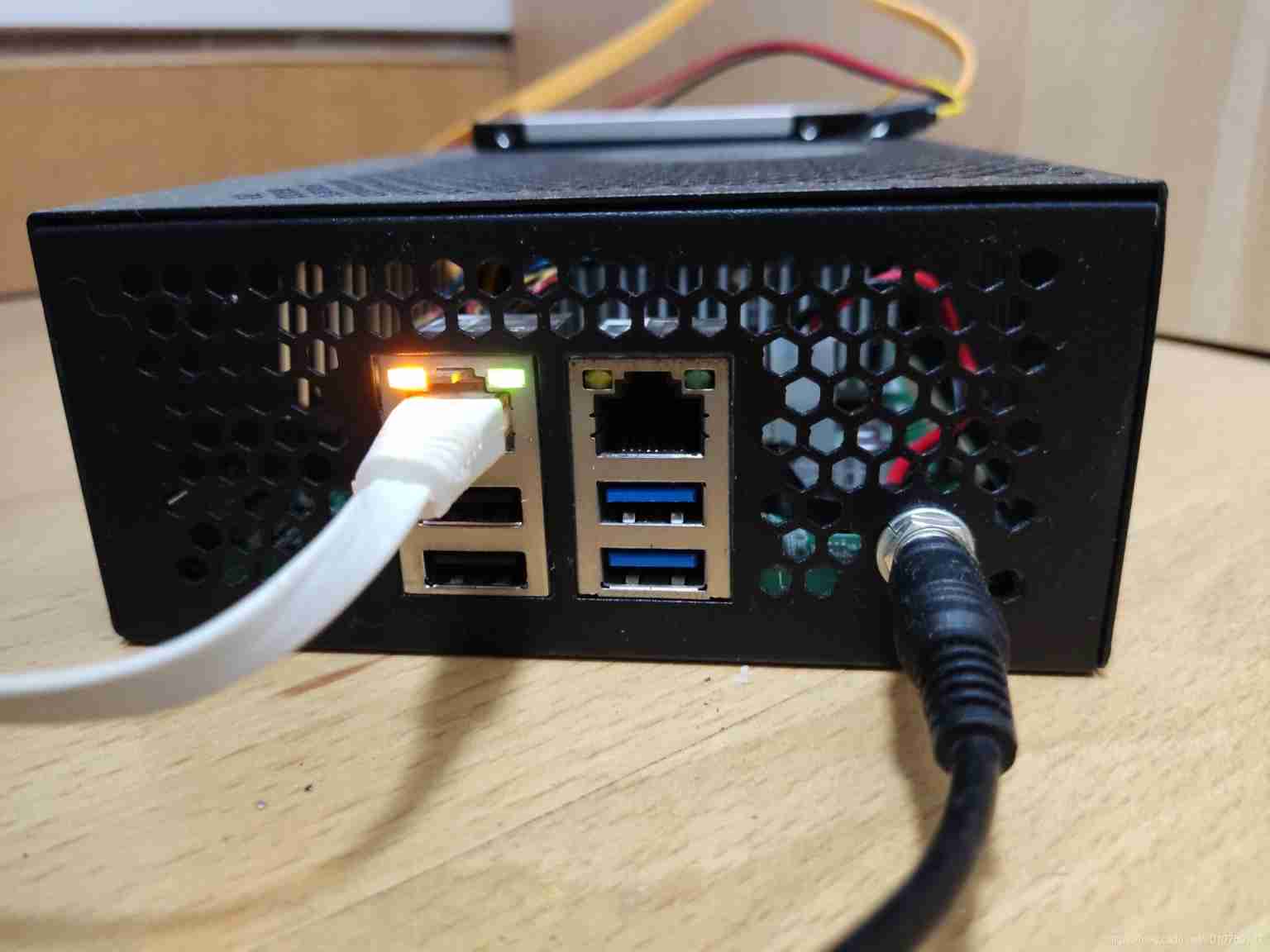
Set up personal network disk with nextcloud
随机推荐
Detailed explanation of interview questions: the history of blood and tears in implementing distributed locks with redis
Trust orbtk development issues 2022
Handwriting a simulated reentrantlock
3年经验,面试测试岗20K都拿不到了吗?这么坑?
Teach you to make a custom form label by hand
How to put recyclerview in nestedscrollview- How to put RecyclerView inside NestedScrollView?
PostGIS learning
At the age of 35, I made a decision to face unemployment
Benchmarking Detection Transfer Learning with Vision Transformers(2021-11)
52岁的周鸿祎,还年轻吗?
玩转Sonar
【史上最详细】信贷中逾期天数统计说明
Robomaster visual tutorial (11) summary
Introduction knowledge system of Web front-end engineers
QT and OpenGL: load 3D models using the open asset import library (assimp)
Binder核心API
去了字节跳动,才知道年薪 40w 的测试工程师有这么多?
The result of innovation in professional courses such as robotics (Automation)
paddle入门-使用LeNet在MNIST实现图像分类方法一
How to measure whether the product is "just needed, high frequency, pain points"